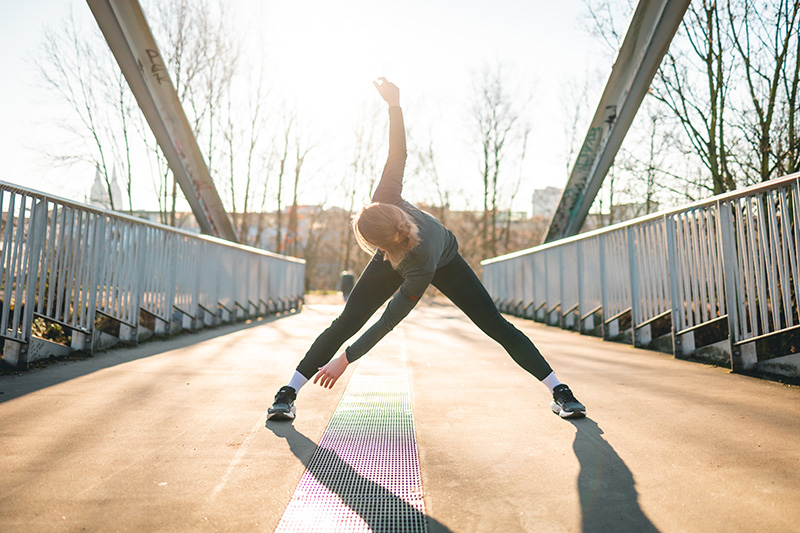As a runner, you should definitely do strength training because it will only benefit you:
- You optimise your running style: By building and training muscles for relevant muscle groups in the core and posterior muscle chain, you can improve your running movements. A better running style will in turn allow you to perform better and reduce the risk of injury.
- You improve your running economy: With targeted strength training, your running economy improves. This means that your muscles can do more in relation to the amount of force you use. This will result in shorter lap or kilometre times. At the same time, you will be able to last longer and maintain a higher level of performance over longer distances.
- You effectively reduce your risk of injury: Muscles can protect your tendons and bones from injury. By training and building strength in the muscles that are important for running, you significantly reduce the risk of injury. You can think of it as a cushion that you create with your muscles. This cushion then absorbs the shock load that is applied to the supporting apparatus with every step you take while running.
Which muscle groups are used in strength training for running?
When you start strength training for running, it's all about core training and training the so-called "posterior chain". In concrete terms this means:
- Core Training: Here you stabilise your torso. This includes abdominal muscles, back muscles and hip muscles. Your core muscles are important for bending, extending and rotating movements during running. The core area keeps your upper body stable while running.
- Training the posterior chain: The posterior chain includes the thigh and gluteal muscles. If you strengthen your thigh muscles and the muscles in your buttocks, you can extend your hips even more when running and thus achieve more propulsion.




.png)




